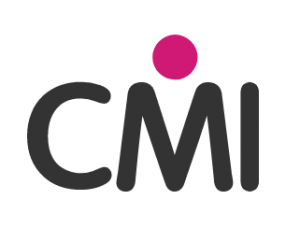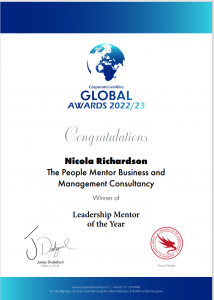This year, we have all had to get used to remote team meetings. On the one hand, they’ve helped us stay in contact with each other and helped us keep things up to speed, but on the other, technical glitches and the difficulty of communicating when we aren’t getting the usual non-verbal cues has been tricky to say the least.
But the main issue with remote team meetings is that if they’re not effective, they can be time-consuming and they slow down productivity. If they are disorganised, there are no clear objectives in place, and people are not engaged, you’re won’t get a good return on the investment of everyone’s time.
So how can you make your remote meetings more effective?
Here are my top 7 tips.
1. Ask the question- is the meeting really necessary?
Remote meetings are useful to get everyone singing from the same song sheet, but only if they are necessary and there are clear objectives.
It’s a good idea to think about how many people actually need to be at the meeting too. If you’re considering having a big meeting with a lot of participants, think about whether it would be more effective to get everyone to share their ideas and feedback with their team leaders or in a document that everyone has access to prior to the meeting, then have the actual meeting with the team leaders only.
The more people you have in a meeting, the more potential there is for things to go off the rails. You need to make sure that you are really clear about why you want the meeting and what you want to achieve before you schedule one too.
2. Always have an agenda
This will give the meeting structure and keep things on track. An agenda also helps the meeting host stay in control of things and hopefully prevent anyone going off on a tangent.
Anything that’s not relevant to that part of the meeting can be directed to ‘any other business’ towards the end.
3. Be prepared
Have everything you need in place before the meeting. If you’re going to be on Zoom, Microsoft Teams, or another platform, work out how to use the features you’ll need to use like breakout rooms etc beforehand. Don’t leave people twiddling their thumbs as you try to work it out.
When it comes to starting and ending the meeting, be clear on how that will happen. Know what you are going to say at the beginning and think about how you will bring things to a close.
You don’t want an hour long meeting to end up being an hour and a half because you allowed people to ask irrelevant questions or talk about unrelated matters. Don’t just cut people off, but suggest that you’ll make yourself available to them if they want to ask questions at another time.
4. Know who is in charge
With remote meetings, it’s essential to have a clear leader or things can descend into chaos pretty quickly. Whether it’s you or another member of the team, you need someone to guide things along, bring everyone into the conversation, and gently nudge people back to the point if they go off on a tangent.
5. Make sure everyone gets involved
Getting everyone involved becomes more difficult in larger remote meetings.
Everyone’s contribution is valuable, so make sure you find ways to involve people that maybe have more introverted personalities. The less involved people feel, the more room there is for disengagement.
To encourage involvement, you could have an icebreaker at the beginning of the meeting or ask people to introduce themselves.
If you feel that some people are being excluded, be sure to direct questions to individual team members. This might help you avoid those awkward tumbleweed moments where you ask an open question and get no response because people are afraid of speaking over each other.

6. Encourage participants to rack their brains before the meeting
What often works well in remote meetings that are designed to come up with solutions to problems or innovative new ways to do things is to ask people to jot down some ideas before the meeting.
Then by the time the meeting comes around, there’ll hopefully be some great new ideas ready to be aired which will make the meeting more engaging and effective.
7. Choose the best platform
If, like many businesses, remote meetings are going to be the norm for your business for the foreseeable future, make sure you invest in the right platform and package for you. It has to be easy to use and have all the functionality you need otherwise your meetings won’t be effective and people will just disengage.
Hopefully these tips will make your remote meetings less ‘death by Zoom’ and more of a valuable place for interaction and connection.
Need help taking your business forward in these strange times?
You already have a good business and team, but what if they could be great?
Do you have some great ideas about how to take the business onward and upwards, but have no idea of where to start, especially right now?
As the The People Mentor for winning teams, I can help you identify what’s needed for the business to flourish in the coming months and beyond.
My bespoke packages of training, workshops, and support will help you build and develop the well supported, engaged, and energised teams that will supercharge your business performance and profitability.
I know you’re probably concerned about investing in things right now, but look at it this way; my guidance, help, and support can reduce your costs and save you money in the longer-term by helping you get on the right path.
Book a call about exactly what’s possible.







